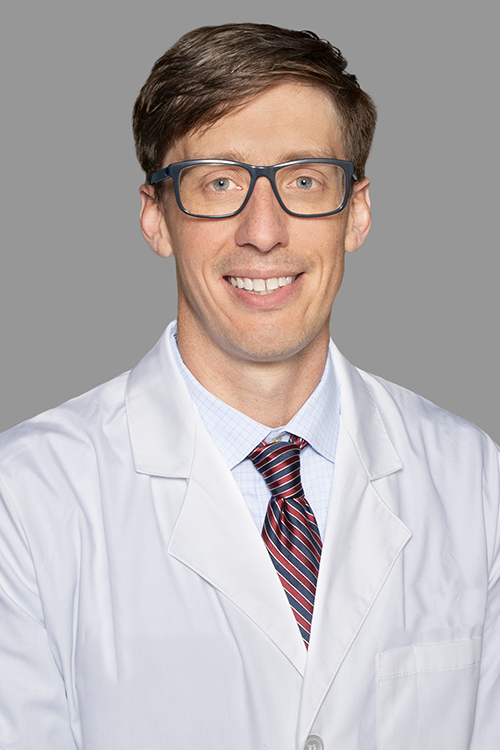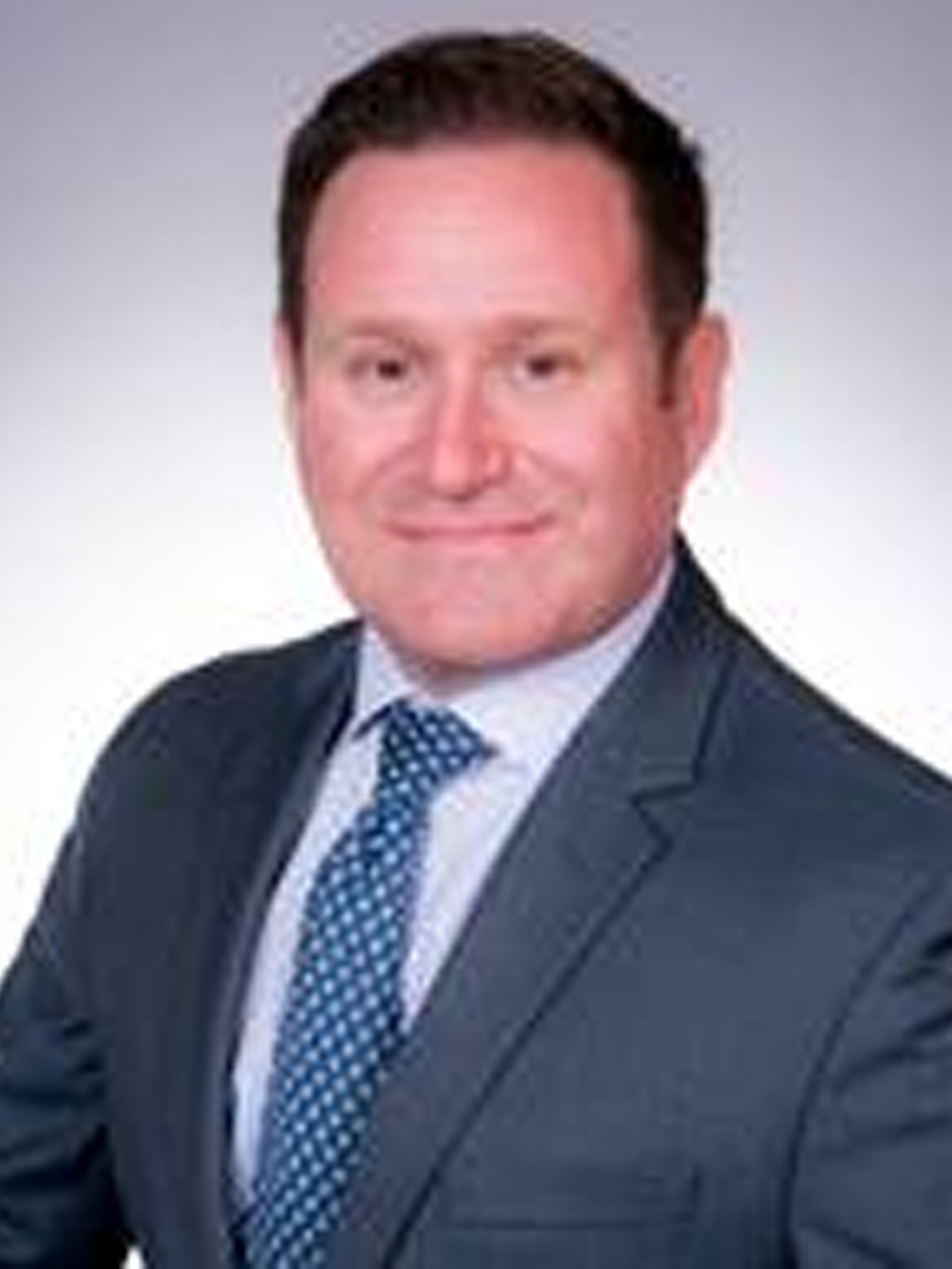Cultivating Excellence in Endoscopic Vessel Harvesting Training

Tate Perque lives and works in Shreveport, Louisiana, where he is employed at Christus Highland Hospital. He is a 2010 graduate of LSUHSC - Shreveport. His credentials include being a Certified Physician Assistant (PA-C) with a Certificate of Added Qualification and Cardiovascular and Thoracic Surgery (CAQ CVTS). With over 14 years of CV surgery experience, he estimates having successfully completed somewhere in the range of 3,000–4,000 EVH cases. Tate has always been immensely interested in the cardiovascular system, and says cardiac surgery is a specialty where he can positively impact patient care. His advice to beginning harvesters is to not become discouraged with a difficult case. Tate says that inevitably new harvesters will be met with challenging cases and should rely on their training to guide them in those instances.

Since 2022 Adam Wiesenthal has been serving as the Chief of Cardiothoracic Surgery at Garnet Health Medical Center in Middletown, NY. Prior to that, he was at Vassar Brothers Medical Center – beginning with two years in the Department of Surgery, and then with 12 years in Cardiothoracic Surgery. In 2005 Adam earned his Bachelor of Science in Biology from the State University of New York at Oswego and then went on to the Long Island University Physician Assistant Program in 2007, where he earned another Bachelor of Science degree. In 2008 he completed his Surgical PA Residency at Norwalk Hospital, which is part of the Yale School of Medicine. Adam says he chose cardiac surgery as his profession because it requires a disciplined and unique surgical skill set along with an in depth of knowledge of hemodynamics and multiple organ systems. He finds this specialty to be highly rewarding because it offers the ability to help patients at critical moments in their lives. Adam advises beginning harvesters to work with as many experienced colleagues as possible, and to then adopt the best techniques from each of them.
- Video Transcription
-
What strategies and resources have you found most effective when training your peers on Endoscopic Vessel Harvesting (EVH) using the VirtuoSaph Plus EVH System?
Adam Wiesenthal: "The strategies that I have found most helpful for peers on training for the EVH system are prior endoscopic experience. It helps with scope movement. Additionally, hands on Terumo Rep training has always been very helpful. They're always available and very knowledgeable. Understanding the anatomy of the saphenous vein, knowing where the saphenous nerve runs major branches is always very helpful and gives better confidence for the harvester.
The Terumo website is also a great resource for videos and during downtime, I always encourage our team to handle a VirtuoSaph harvester and learn the device where all the buttons are, what they do.
It should kind of feel like an extension of your hand by the time you're adding harvester."
Tate Perque:"So some of the strategies and resources I've used when training new harvesters is I like to keep an unused kit in my, at my office, at my desk. And I'll frequently just pull that out and, let them see it get their hands on the device. I'll show them some of the specifics of the device, particularly like the distal insufflation port, which I think is important. And then as well just showing them the grounding plate and how that works.
And I think once they can get their hands on the device, I'll let them bring it home and play with it. So that it feels comfortable in their hands so that when they do actually use it for harvest puts their mind at ease some that they they have a device in their hands that they've felt before.".
How do you help a new harvester overcome initial challenges they may experience with EVH?
Adam Wiesenthal: "When I'm training a new harvester. Preparation counts for everything. Challenges are going to be inevitable and preparing for the case of hand is very important. Do your pre op perform a vein mapping if necessary or at least an ultrasound in the operating room. Make sure you can communicate well with your physician. A good relationship with your physician is paramount. It's also important to have a good relationship with the person that you're proctoring. Discuss with them how you can communicate well with them and what works well for them.
It's important to run scenarios and challenges before you encounter them. People don't tend to rise to the occasion you end up falling back to your training. So training is really important to be able to take over any potential issues.
Specifically, making sure that your harvester is keeping the conical tip just off the saphenous's vein, providing length for branches, and also when harvesting branches, constant slow pressure and making sure that your trainee is grounded to the wall is very important."
Tate Perque: "The way that I help new harvesters overcome the initial challenges, I like to give them as many opportunities to succeed and put them in a position to succeed as possible. One of the things I'll do is use sort of a graduated approach to teaching. For instance, I'll start by them, you know, using a skin marker to identify where their incision would be. Once they feel comfortable with that, we'll progress the skin incision and then vein identification and then just work our way up through that.
Now, you know, I think it's important again, like I mentioned that they have an opportunity to succeed. Once we progress to getting to the point where the device is in their hands, I will usually do the dissection first so that I can provide just really a nice clean dry tunnel with, you know, good branch length. And then they can use the the harvester in a more controlled setting so that again, they have an opportunity to succeed. But also keeping in mind that, you know, we need to have good quality conduit for the patient. And so now I think if I can provide that for them and then and then they can have the harvester in their hands in a controlled setting, it gives them the best opportunity to provide that quality conduit."
When you are training new users, what features of the VSP have you observed that they find most helpful?
Adam Wiesenthal: "I find that clinicians find the wiper most helpful. It helps to visualize the tunnel more seamlessly. You don't need to take the harvester device out of the leg. Additionally, the v-keeper is a very helpful tool. It allows you to harvest the vein and not miss any branches. You know that every branch is clear before finishing your harvest. "
Tate Perque: "Training new users, I think the things that are most helpful with the VirtuoSaph device, first thing that comes to mind is the wiper. I think having the ability to sort of clean your, clean your scope without having to withdraw the scope and lose your insufflation I think is paramount. You know, particularly new harvesters who may have a more obstructed field of view is, you know, if they have to pull a device out and put it back in, then they're losing insufflation and then, you know, it just may be more difficult for them. But having that ability to not have to withdraw the scope every time the scope gets started, I think it's very important.
And I think the diameter of the scope helps a lot. It just helps provide a cleaner more dry tunnel with, with focused on adequate branch length. I think those things even moving forward as you become an experienced harvester are important and and really what sets this device apart to provide better conduit."

